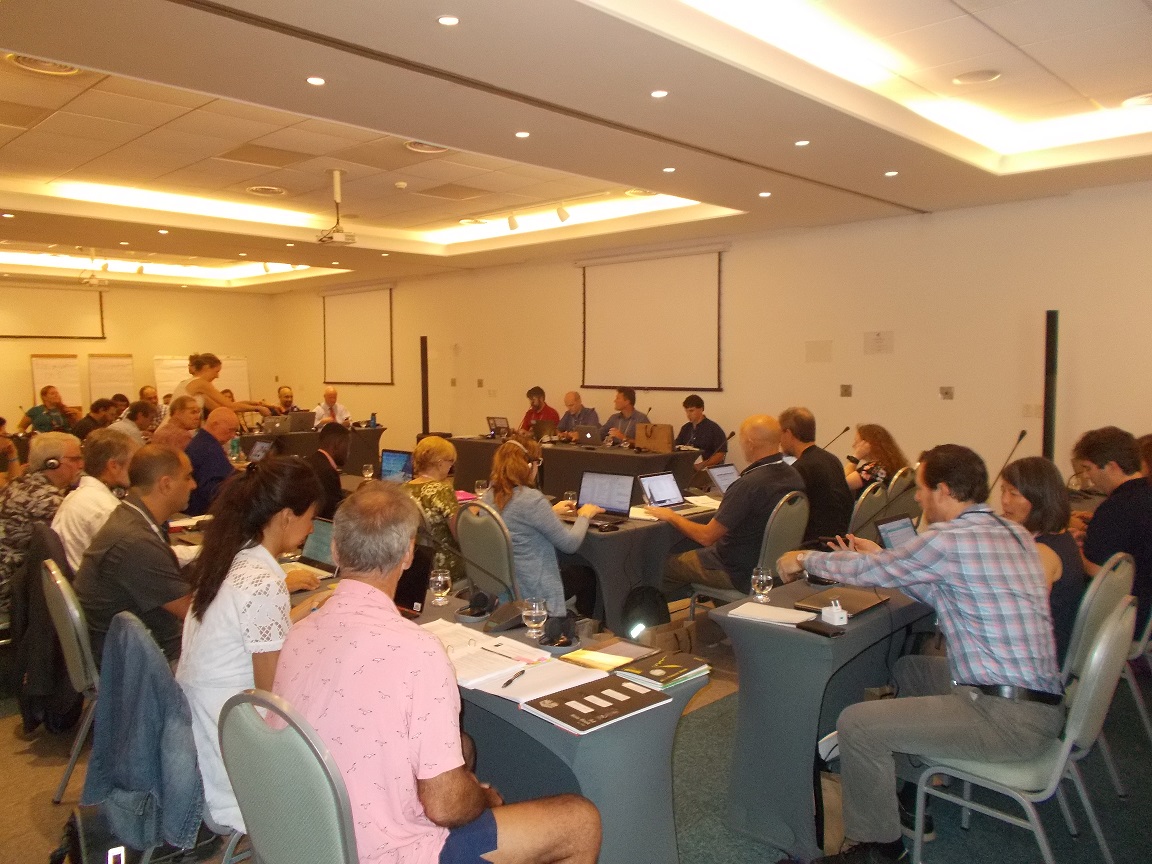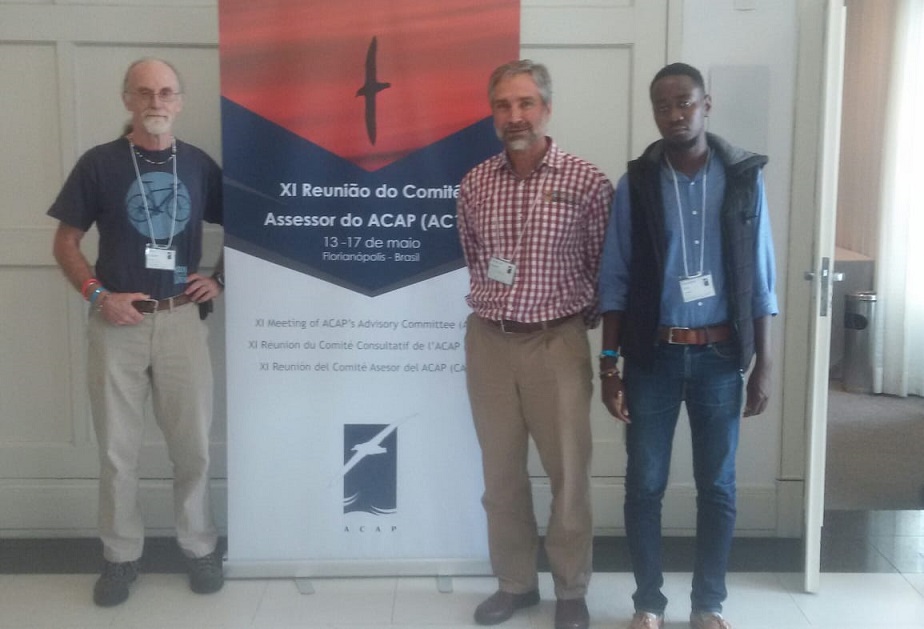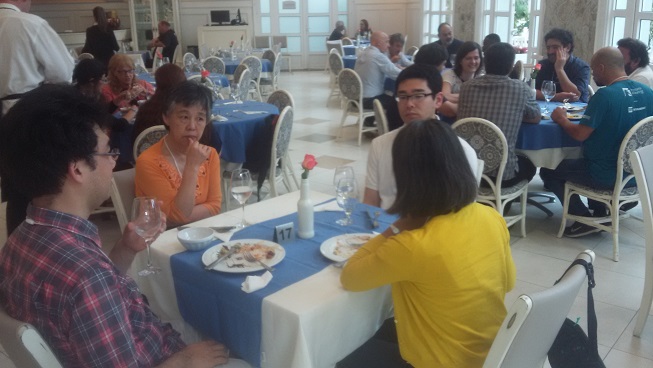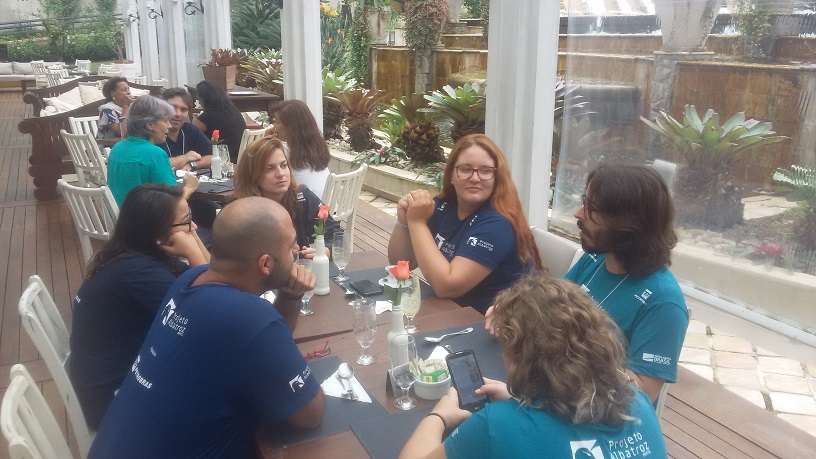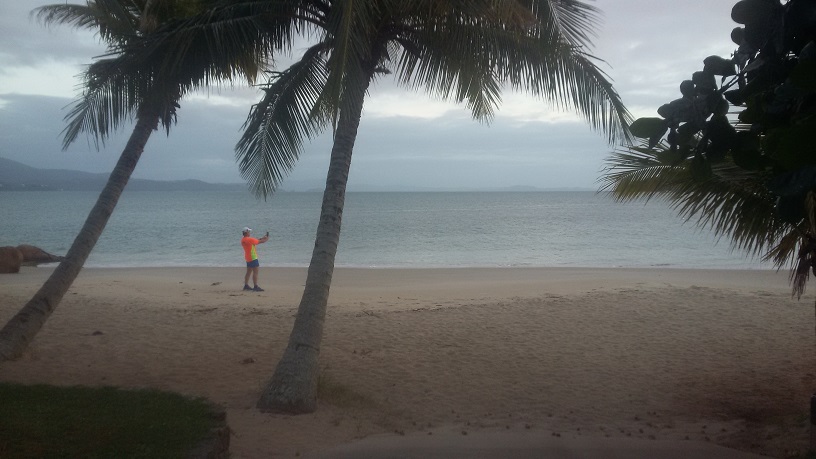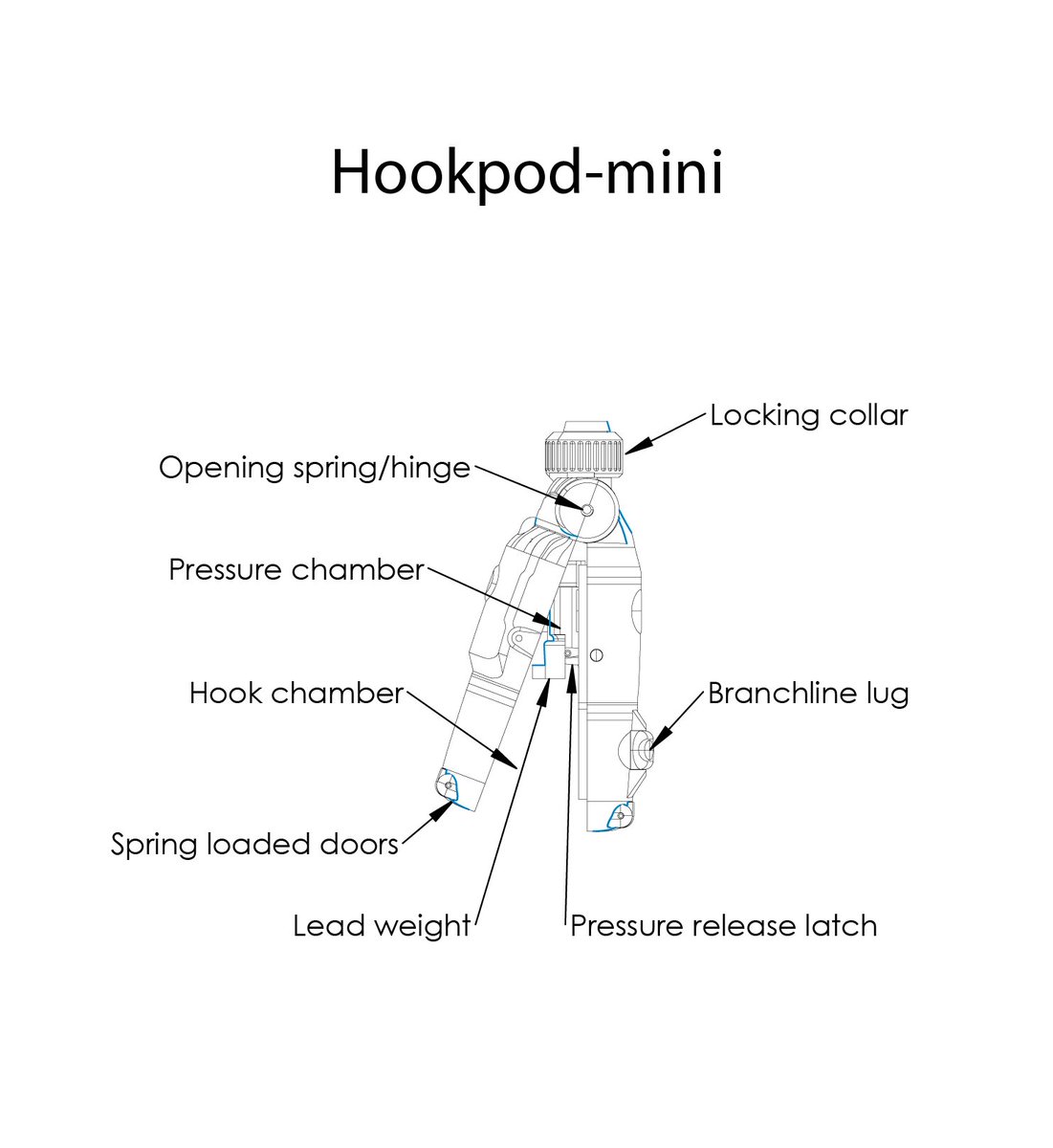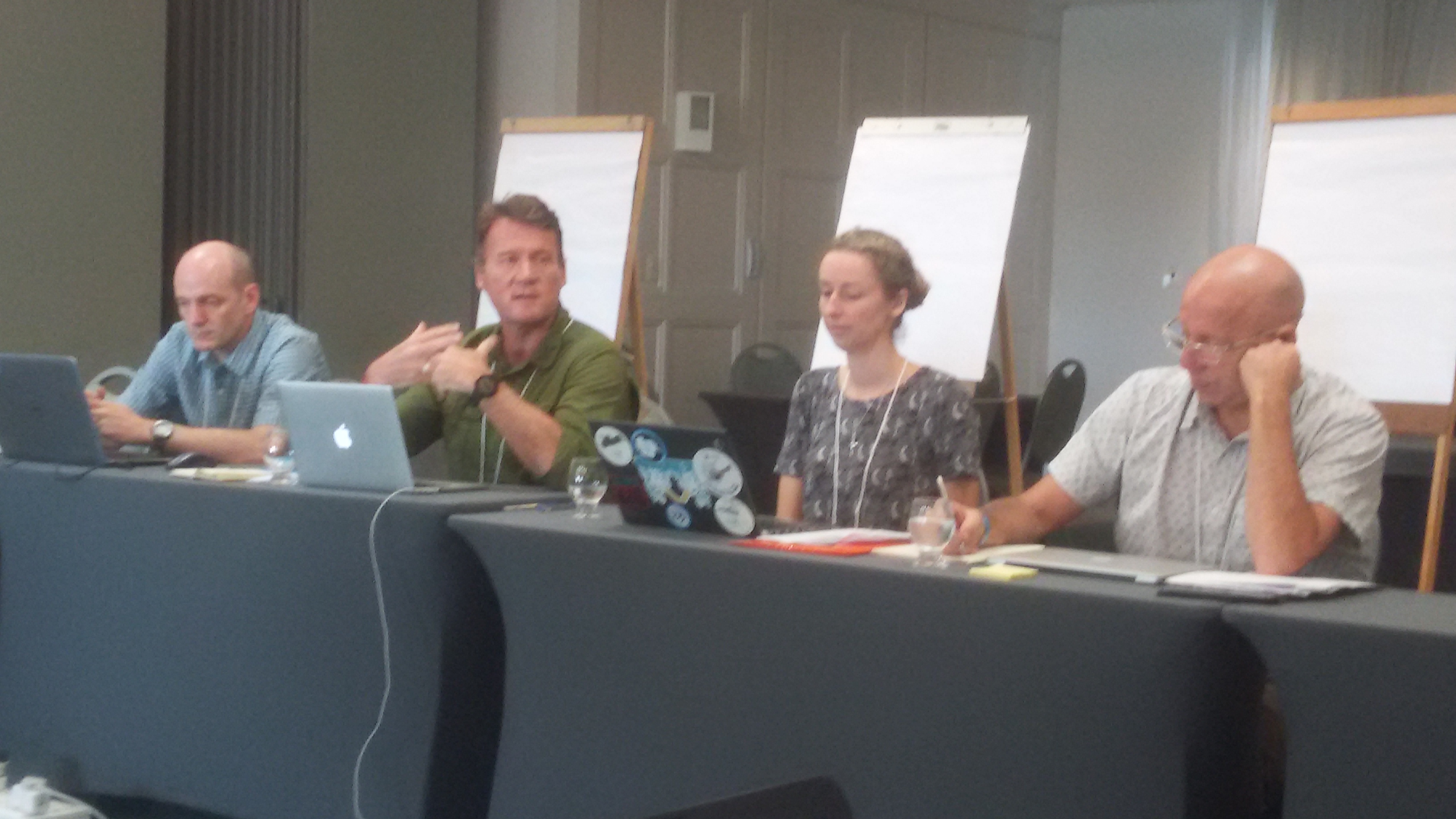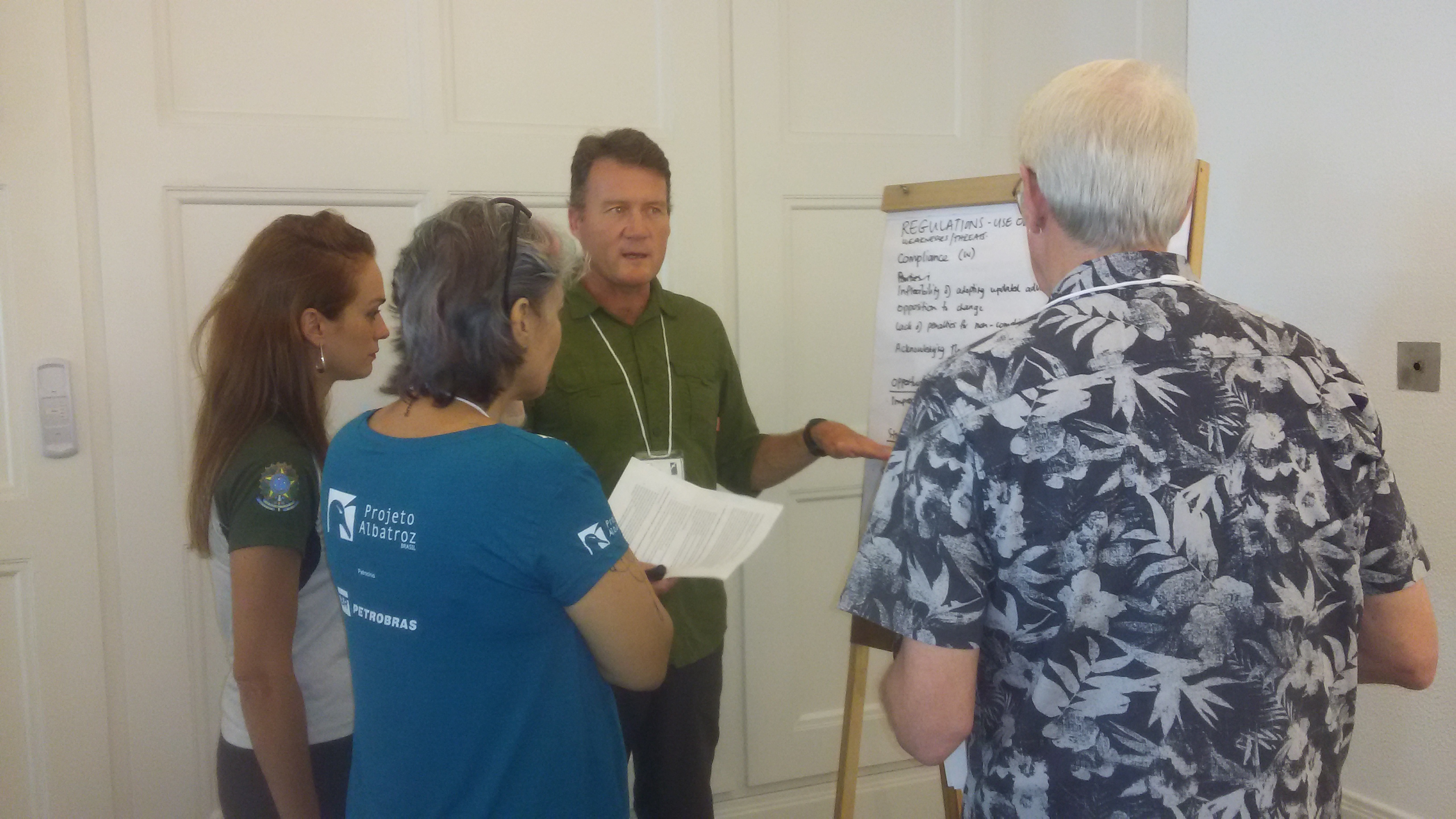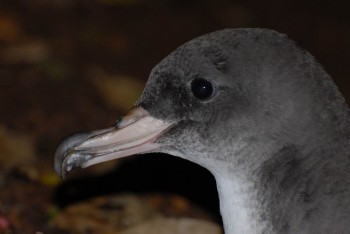At this week's meeting of ACAP's Population and Conservation Study Group (PaCSWG5) in Floreanópolis, Brazil, South Africa reported yesterday on progress with plans to eradicate introduced House Mice Mus musculus in 2021 on its sub-Antarctic Marion Island. The mice have taken to attacking albatrosses and petrels in the last few years. Summarized details of activities undertaken over the last 12 months or so follow, updating those given in Preston et al. 2019.
Island pest eradication expert Keith Springer from New Zealand accompanied last year’s annual relief voyage to Marion in April/May and subsequently produced draft project and operational plans for the eradication, building on John Parkes’ feasibility report published in 2016. These two plans are not yet publicly available.
Bait uptake trials to demonstrate that all mice will eat bait, including trials to ensure mice in caves are reached by aerial baiting, were undertaken by Andrea Angel of BirdLife South Africa and Peter Ryan of the University of Cape Town’s FitzPatrick Institute of African Ornithology during the relief. Husbandry trials to assess the feasibility of taking Lesser Sheathbills Chionis minor into captivity were also undertaken. Preliminary results suggest that it will be very challenging to keep a large number of sheathbills in captivity during the eradication attempt, according to the FitzPatrick Institute's Annual Report for 2018.
During the year studies assessing the start and end of mouse breeding across an altitudinal gradient, bait preference and toxicity trials, and monitoring cloud heights through the proposed winter baiting window were undertaken by environmental officers on the island. Toxicity trials for mice on Marion Island were repeated and it was found that all mice died even at relatively low doses of brodifacoum.
Autumn surveys were conducted for the fourth successive year to monitor the spread of mouse attacks on large chicks of globally Endangered Grey-headed Thalassarche chrysostoma and sooty albatrosses Phoebetria spp. at Marion Island (click here).
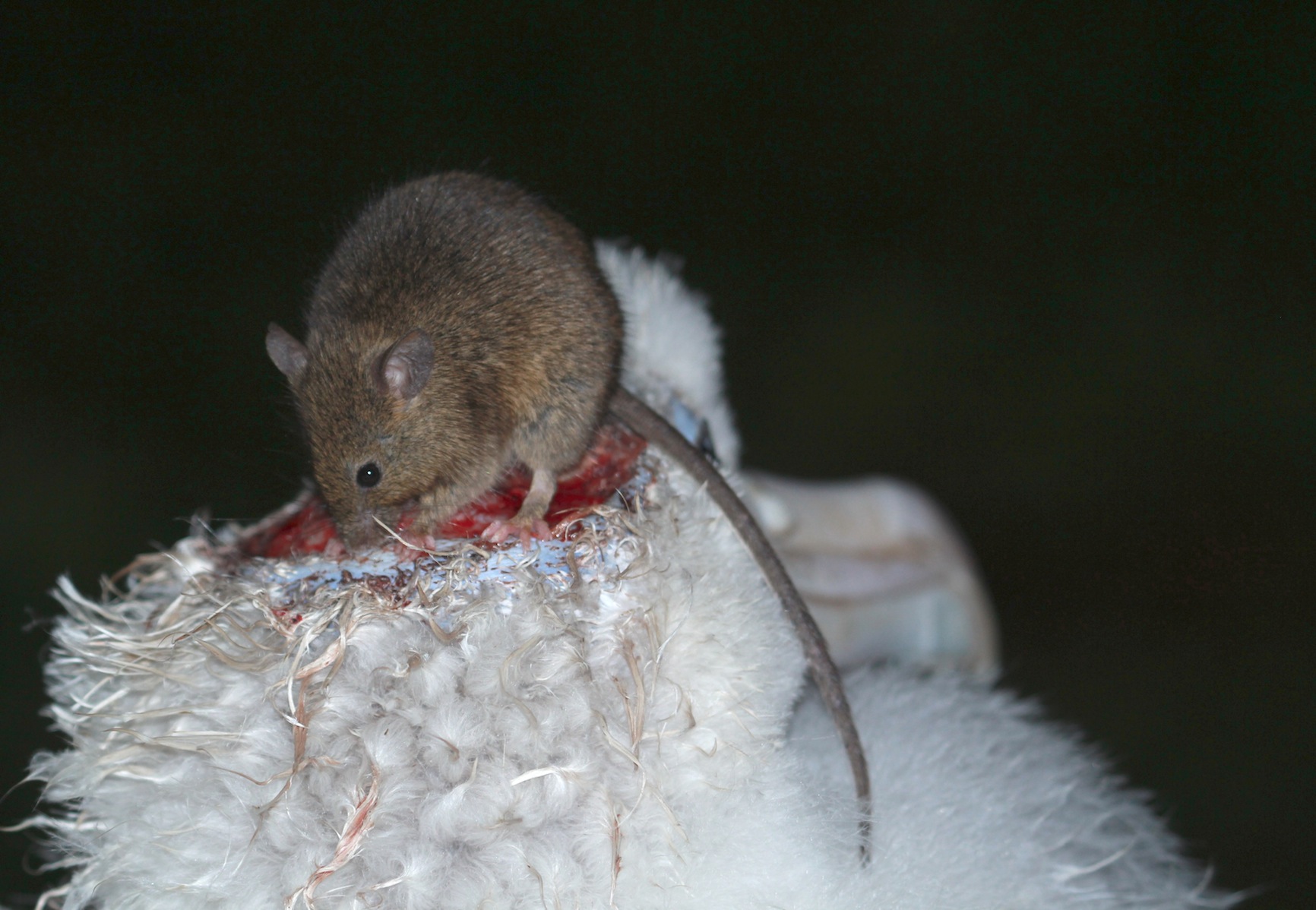
A House Mouse attacks a downy Wandering Albatross Diomedea exulans chick (globally Vulnerable) on Marion Island, photograph by Stefan Schoombie
BirdLife South Africa has instituted a dedicated website (“Mouse Free Marion”) to raise 30 million South African Rands to cover bait costs for the planned eradication via a “sponsor a hectare campaign” at US$90/ha or ZAR 1000/ha. To date, 1 297 hectares have been “purchased” by 557 sponsors, representing 4.32% of the island’s total area.
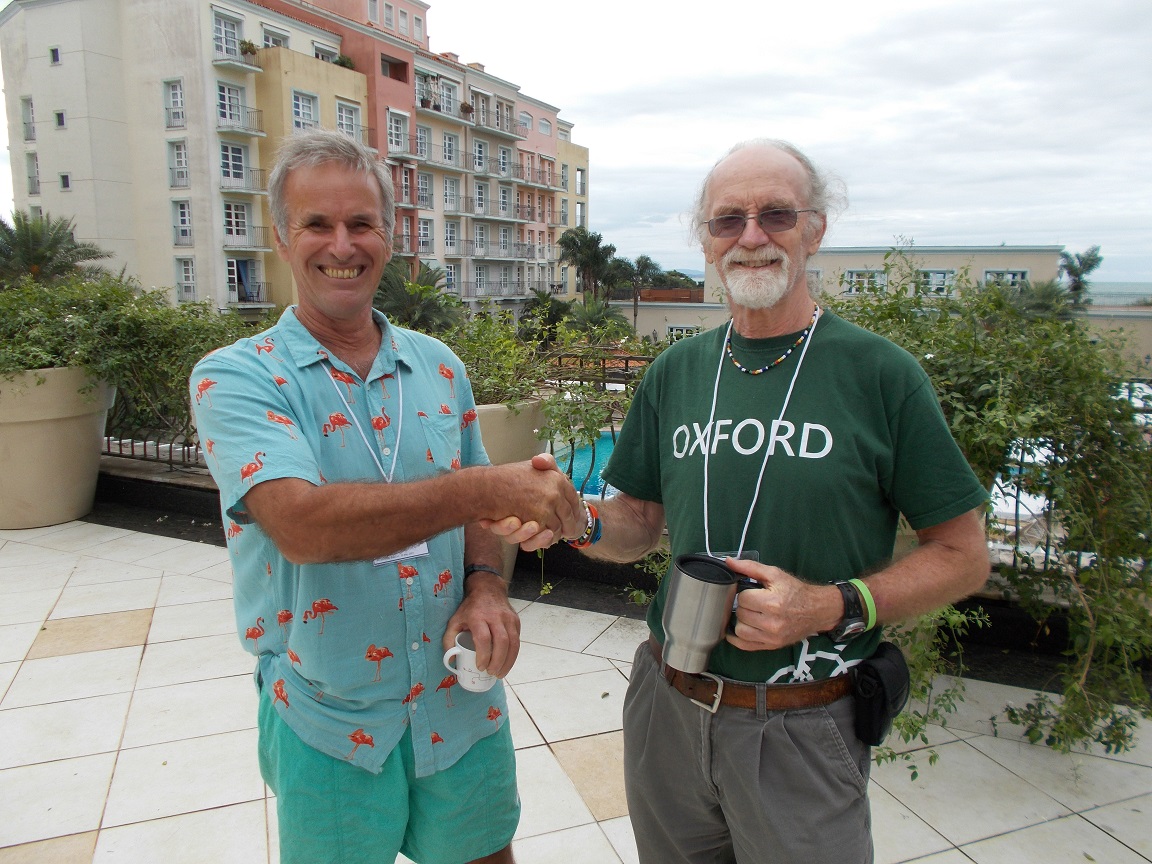
Following South Africa's presentation to PaCSWG5 yesterday, Nigel Brothers (Australia) sponsored a hectare for the Mouse Free Marion Campagin.
Here Nigel (left) is thanked by ACAP's Information Officer on behalf of BirdLife South Africa during the afternoon tea break
References:
FitzPatrick Institute of African Ornithology 2019. FitzPatrick Institute of African Ornithology DST-NRF Centre of Excellence University of Cape Town Annual Report 2018. Rondebosch: University of Cape Town. 74 pp.
Parkes, J. 2014. Eradication of House Mice Mus musculus from Marion Island: a review of feasibility, constraints and risks. In: Wanless, R.M. (Ed.). BirdLife South Africa Occasional Report Series No. 1. Johannesburg: BirdLife South Africa. 27 pp.
Preston, G.R., B.J. Dilley, J. Cooper, J. Beaumont, L.F. Chauke, S. L. Chown, N. Devanunthan, M. Dopolo, L. Fikizolo, J. Heine, S. Henderson, C.A. Jacobs, F. Johnson, J. Kelly, A.B. Makhado, C. Marais, J. Maroga, M. Mayekiso, G. McClelland, J. Mphepya, D. Muir, N. Ngcaba, N. Ngcobo, J.P. Parkes, F. Paulsen, S. Schoombie, K. Springer, C. Stringer, H. Valentine, R.M. Wanless & P.G. Ryan 2019. South Africa works towards eradicating introduced house mice from sub-Antarctic Marion Island: the largest island yet attempted for mice. pp. 40-46. In: Veitch, C.R., Clout, M.N., Martin, A.R., Russell, J.C. & West, C.J. (Eds). Island Invasives: Scaling up to meet the Challenge. Gland, Switzerland: IUCN. xiv + 734 pp.
John Cooper, ACAP Information Officer, 10 May 2019

 English
English  Français
Français  Español
Español 